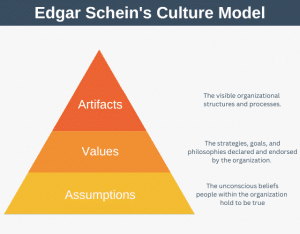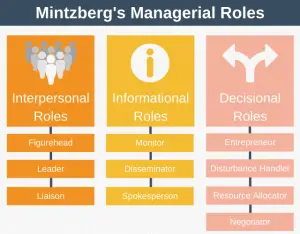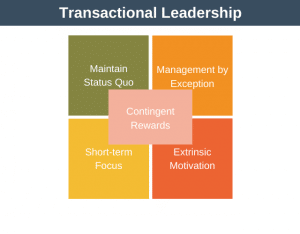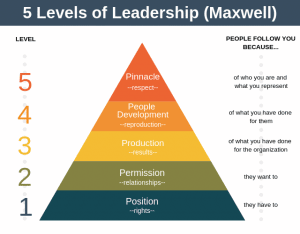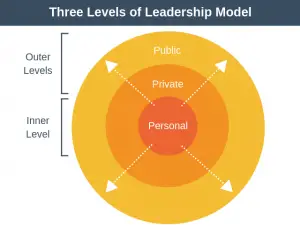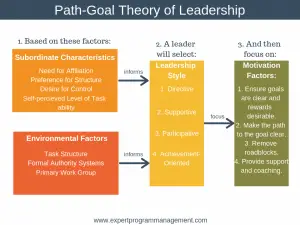The Trait Theory of Leadership is a model that sets out to help identify future leaders.
Trait theory is based on the idea that great leaders are born with inherent traits that enable them to become great leaders. From this idea, the aim of trait theory is twofold:
- First, it aims to find the traits these great leaders have in common.
- Second, it aims to find future great leaders based on these traits.
The Trait Theory of Leadership is one of the oldest leadership theories in existence. It can trace its origins back to Thomas Carlyle’s 1849 quote that “The history of the world is but the biography of great men.” This belief is often called the Great Man Theory.
Nature vs. Nurture
In psychological terms, you are a combination of nature plus nurture. You inherit your genetic makeup and are also the sum of your lived experiences.
The Trait Theory of Leadership is based on the idea that great leaders are born and not bred. Trait theory does not take any account of how a person might develop over time – it is entirely focused on nature and not nurture.
The Trait Theory of Leadership has gone in and out of fashion in the 150+ years since Thomas Carlyle’s Great Man Theory.
Over the years, there have been hundreds of research studies done to identify the traits of great leaders, and no two studies have resulted in the same list of traits.
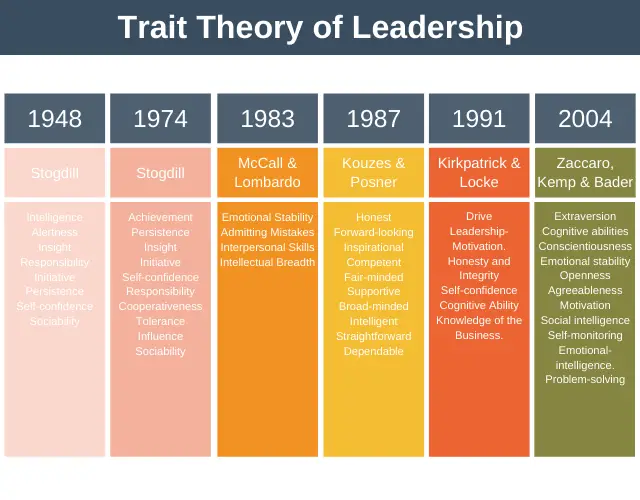
Let’s examine some of the more well-known investigations into trait theory.
1. Ralph Stogdill
In 1948, Ralph Stogdill analyzed data from more than 100 studies into leadership traits. From his analysis, he found that there weren’t many overlapping traits amongst the different studies.
Because leaders have many traits, Stogdill argued that you don’t become a leader just because you possess certain traits. To be a successful leader, you must possess those traits relevant to the situation you find yourself in; for example, a startup founder needs different traits to a Fortune 500 CEO, who needs different traits to a religious leader.
From the studies Stogdill analyzed, he noted that if you combined all the traits required to be a successful leader, then that list became too long to be of any practical use in finding future leaders.
Having said that, Stogdill did identify that the average leader is different from the average follower with regard to the following eight traits:
- Intelligence.
- Alertness.
- Insight.
- Responsibility.
- Initiative.
- Persistence.
- Self-confidence.
- Sociability.
Many years later, in 1974, Stogdill published another list of leadership traits. This list was compiled by analyzing the research on Trait Theory that took place in the intervening years.
From this study, Stogdill produced another list of traits:
- Achievement.
- Persistence.
- Insight.
- Initiative.
- Self-confidence.
- Responsibility.
- Cooperativeness.
- Tolerance.
- Influence.
- Sociability.
The critical difference between the first and second survey results by Stogdill is that he moved away from implying that situational factors were the most important to suggest that both situational and trait factors were important.
2. McCall and Lombardo
In 1983, McCall and Lombardo examined both leadership success and failure and identified four factors (traits) critical to leader success:
- Emotional Stability.
- Admitting Mistakes.
- Good Interpersonal Skills.
- Intellectual Breadth.
3. Kouzes and Posner
Between 1983 and 1987, James Kouses and Barry Posner surveyed over 600 managers about their positive leadership experiences.
From this list, they identified ten key traits possessed by great leaders:
- Honest.
- Forward-looking.
- Inspirational.
- Competent.
- Fair-minded.
- Supportive.
- Broad-minded.
- Intelligent.
- Straightforward.
- Dependable.
It’s important to note this list wasn’t derived from analyzing leaders’ traits; instead, it was derived by asking followers what qualities they saw as important in great leaders.
4. Kirkpatrick & Locke
In 1991, Shelley Kirkpatrick and Edwin Locke suggest that there are certain traits in leaders which equip them with the tools to develop into great leaders should they so choose. These are:
- Drive.
- Leadership Motivation.
- Honesty and Integrity.
- Self-confidence.
- Cognitive Ability.
- Knowledge of the Business.
Kirkpatrick and Locke are not saying that by possessing these traits you’ll automatically become a great leader, but rather that you have the basic tools to do so should you choose.
5. Zaccaro, Kemp, and Bader
More recently, in 2004, Zaccaro, Kemp, and Bader proposed that leadership emerges from the combined influence and interaction between multiple traits instead of traits existing independently of each other.
The key traits they identified are:
- Extraversion.
- Cognitive abilities.
- Conscientiousness.
- Emotional stability.
- Openness.
- Agreeableness.
- Motivation.
- Social intelligence.
- Self-monitoring.
- Emotional intelligence.
- Problem-solving.
Advantages and Disadvantages
There are many advantages and disadvantages associated with the trait theory of leadership.
Advantages
- The idea that having certain traits predisposes one to leadership is an easy to understand and intuitive idea.
- Much research has been conducted to confirm the importance of traits, even if that research can’t agree on specific traits.
- The theory provides you with pointers on what to investigate if you want to improve your leadership ability.
Disadvantages
- It is not possible to know the relative importance of the traits.
- Trait theory ignores cultural factors; for example, what makes a great leader in the western world can differ from what makes a great leader in China.
- Traits are situation-dependent; for example, a religious leader needs different traits to a business leader.
- The different trait studies do not agree on a core set of universal traits common to all great leaders, which makes trait theory almost impossible to use in practice.
Trait Theory of Leadership Summary
So, where does all of this leave us? Trait theory has gone in and out of fashion over the years.
It should be clear from this article that there are no universal traits common to all successful leaders. Furthermore, even if there were, those traits alone would not be enough to guarantee success.
A better way to think about the most common traits identified by trait theory is as a precondition to success. If you have the necessary traits, then that’s a great foundation, but you still need to take action to become successful.
This fact should encourage those that believe they do not have the necessary traits. Do not let the absence of certain traits handicap you from being successful – with hard work, you can develop the traits you need.
A high school basketball coach Tim Notke summed this up beautifully with this quote:
“Hard work beats talent when talent fails to work hard.”

